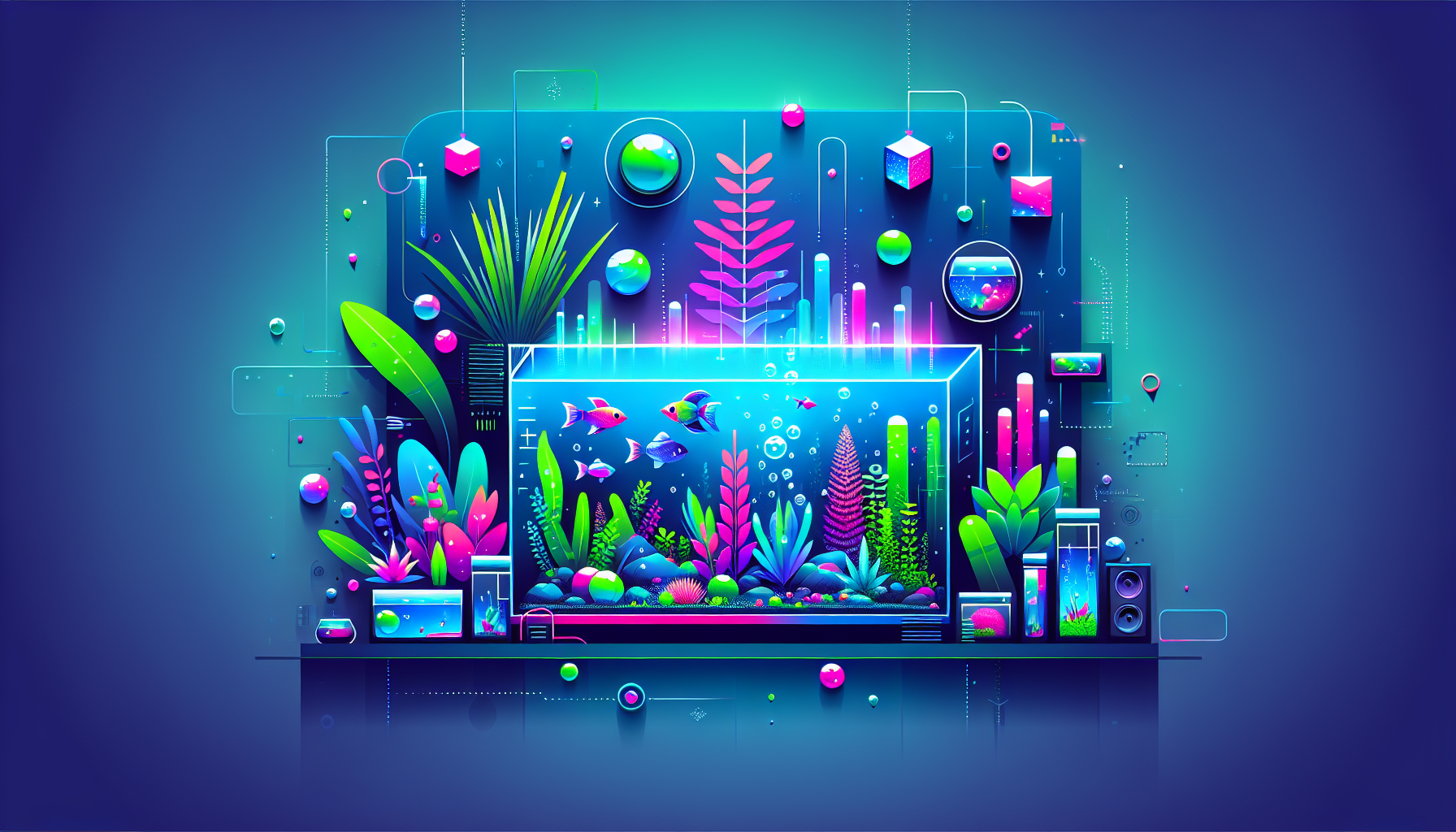The Ultimate Beginner’s Guide to Aquascaping: Tips, Techniques & Inspiration
Are you captivated by those lush, underwater landscapes and wondering how to create your own planted aquarium? Aquascaping is both art and science, blending plants, stones, and water to form breathtaking aquatic scenes. Whether you’re a complete beginner or looking to refine your skills, this comprehensive guide will walk you through essential aquascaping tips, layouts, and beginner-friendly techniques to ignite your creative journey.
What is Aquascaping?
Aquascaping is the craft of arranging aquatic plants, rocks, wood, and substrates in an aesthetically pleasing manner inside an aquarium. It goes beyond simple aquarium setup by transforming your tank into a living work of art. Popular aquascaping styles include the Iwagumi (minimalist rock layouts), Nature Aquarium (natural-inspired scenes), and Dutch style (lush planted tanks).
Essential Aquascaping Equipment
Before you get started, make sure you have the right tools and equipment:
- Aquarium Tank: A clear, rimless tank is ideal for aquascaping.
- Aquarium Lighting: Sufficient and adjustable lighting is necessary for healthy plant growth.
- CO2 System: Optional but helpful for thriving plant health, especially in high-tech aquascapes.
- Filtration: Keeps your water clear and safe for plants and fish.
- Aquascaping Tools: Tweezers, scissors, and spatulas make planting and arranging materials precise and easy.
Choosing the Right Substrate
The foundation of your aquascape is the substrate. Options include:
- Nutrient-rich Soil: Best for planted tanks, supporting robust root growth.
- Inert Substrate (Gravel/Sand): Used mainly for hardscape-focused aquascapes or tanks with minimal plants.
For more on substrates, check out our detailed guide on choosing the best substrate for planted tanks.
Hardscape Materials: Rocks & Driftwood
Rocks and driftwood shape your aquascape’s structure, adding visual interest and elevating your layout. Common choices are:
- Seiryu Stone
- Dragon Stone
- Spider Wood
- Manzanita Wood
Arrange hardscape with the rule of thirds and avoid symmetry for a more natural look. Try experimenting with depth, height, and scale to create a sweeping underwater landscape.
Aquatic Plants for Beginners
Start with hardy, beginner-friendly plants such as:
- Anubias
- Java Fern
- Cryptocoryne species
- Mosses (e.g., Java Moss, Christmas Moss)
- Vallisneria
- Amazon Sword
These plants are easy to maintain and suitable for low-to-moderate light conditions. For more plant ideas, explore our best aquarium plants for aquascaping guide.
Popular Aquascaping Layouts
Choosing a layout will help guide your design process. Some beginner-friendly layout styles include:
- Triangle (Slope) Layout: Plants and hardscape are arranged in a rising slope from one side to the other.
- Island (Mound) Layout: The focal point is centered, creating a natural island effect.
- Iwagumi Layout: Minimalist, rock-focused with a clean, open space—perfect for inspired simplicity!
Experimenting with different aquascaping layout ideas can spark new inspiration for your next setup.
Setting Up Your First Aquascape: Step-by-Step
- Plan Your Design: Sketch your desired layout or collect reference photos for inspiration.
- Add Substrate: Slope the substrate from back to front for depth.
- Arrange Hardscape: Place rocks and driftwood, adjusting until you’re happy with the composition.
- Moisten Substrate: Gently mist the substrate to hold it in place.
- Plant: Position taller/background plants first, then midground, and finally foreground carpeting plants using aquascaping tweezers.
- Fill Slowly: Fill the tank carefully to avoid disturbing your layout.
- Set Up Equipment: Install filter, heater, lighting, and CO2 system if using.
- Cycle the Tank: Allow the tank to cycle before adding fish or shrimp.
Maintenance Tips for a Thriving Aquascape
Keeping your aquascape healthy takes regular maintenance. Here’s what to do:
- Weekly Water Changes: Replace 25-50% with dechlorinated water.
- Trim Plants: Prune overgrown foliage for better light and shape.
- Monitor Water Parameters: Test for ammonia, nitrite, nitrate, pH, and CO2 levels.
- Clean Filter Components: Rinse filter media gently in tank water.
For more detailed maintenance advice, please visit our article on aquascape maintenance and care.
Common Aquascaping Mistakes to Avoid
- Overcomplicating the Design: Simplicity is often more stunning than overcrowded layouts.
- Too Many Plant Species: Limit the variety for a cohesive look.
- Poor Plant Placement: Tall plants should be at the back; short in the foreground.
- Rushing Cycling: Allow proper cycling before adding livestock to avoid algae and health issues.
Get Inspired: Showcase Aquascaping Gallery
Ready to visualize your dream aquascape? Visit our aquascaping inspiration gallery featuring award-winning layouts and DIY beginner tanks to help you get started!
Final Thoughts
Aquascaping is a deeply rewarding hobby that brings nature’s beauty into your home. Start with a simple design, learn as you go, and don’t be afraid to experiment. With planning, patience, and the right aquascaping technique, anyone can craft a stunning aquatic landscape.
Ready to Create Your Own Aquascape?
Explore more resources and expert guides at Aquascaping Academy. Have questions or want to share your creation? Contact us or join our community for more aquascaping tips and inspiration!



